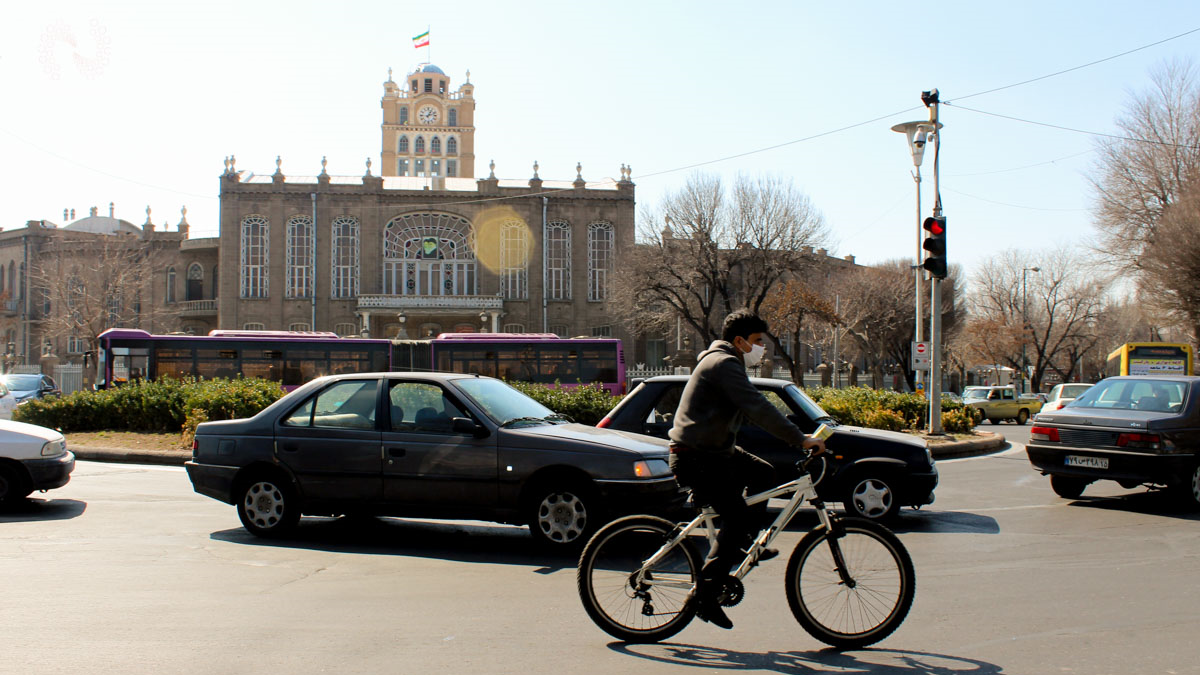
Shapur Cave; An Astounding Cave Housing the largest Statue of Ancient Iran
Located in the Chogan Valley of the Zagros Mountains in Kazerun, Shapour Cave is about six kilometers away from the ancient city of Bishapur. The big statue of Shapour I, the second Sassanid king (reigned from 240 to 270 AD) is one of the most important tourist attractions of this strange cave.
Features of Shapour Cave
Shapour Cave is located at an altitude of 800 meters. The entrance of the cave is 30 meters wide and 15 meters high. It is about 450 meters from the entrance to the end of the cave. The reason for naming it Shapour Cave is the large statue of Shapour I in it.
This seven-meter tall statue, the width of whose shoulders stands at about two meters was carved on one of the stalagmites of this limestone cave some 1700 years ago in the third century AD and is the only statue of this size left from ancient Iran.
Who Was Shapour I?
Shapur I was one of the most powerful kings of Iran who defeated the Romans in a tough war. In his last battle with Rome (260 AD), he captured the Roman emperor and imprisoned him in the city of Bishapur. Shapour has had the scene in which the Roman emperor has surrendered to him inscribed on the wall of Naqsh-e Rostam.
Other Sights of Shapour Cave
There are two stone inscriptions carved on the walls of the Shapour Cave, one of which is related to the early period of Sassanid rule. This old inscription is attributed to the Sassanid king, Shapour. The other inscription, which was carved in the contemporary era contains an explanation about the re-erecting of the statue of Shapour I. According to this inscription, the statue that had been pulled down after the advent of Islam in Iran was erected again, after 14 centuries, in the year 1957 AD.
There are two reservoirs inside the cave that have been dug into the rock. Each of these reservoirs is about one meter deep and is accessible by climbing down several steps. It seems that these small reservoirs were created by the local people to collect and use the water that dripped from the roof.
A small stream flows from the left side of these reservoirs behind which there are some beautiful stalactite and stalagmite stones.
There is a large hole with a diameter of about 100 meters at the bottom of the cave, which is leftover from a dried lake. This hole is about 30 meters deep compared to the entrance floor of the cave. After passing by the hole, one can see a flat area, on the left side of the cave, which has been structured by local people and according to archeological experts, this area was used for holding ceremonies or offering sacrifices in the past. In this part, the height of the cave ceiling is nearly 40 meters from the floor.
Local people believe that the body of Shapour I is buried somewhere at the bottom of this cave. According to another story told by local people, Shapour took refuge in this cave after being defeated in a battle and was never seen again.
Points to Keep in Mind When Visiting Shapour Cave
Considering the semi-arid climate of the region, if you plan to visit Shapour Cave in spring or summer, take enough drinking water with you. You will also need warm clothes in autumn and winter, because sudden winds may start blowing, which will be very disturbing.
To reach the cave, one has to climb 230 steps from the foothill of the mountain. Another path leading to the cave goes through the steep and winding slopes of the mountain, so be prepared and wear appropriate shoes.
Being inscribed on the list of Iran’s National Heritage in 1932, Shapour Cave was also inscribed on the list of UNESCO’s World Heritage Committee in 2018.
The seven-meter tall and two-meter wide statue of Shapour I was carved on one of the stalagmites of this limestone cave some 1700 years ago in the third century AD and is the only statue of this size left from ancient Iran.
| Name | Shapur Cave; An Astounding Cave Housing the largest Statue of Ancient Iran |
| Country | Iran |
| State | Fars |
| City | Caseron |
| Type | Historical |
| Registration | National |

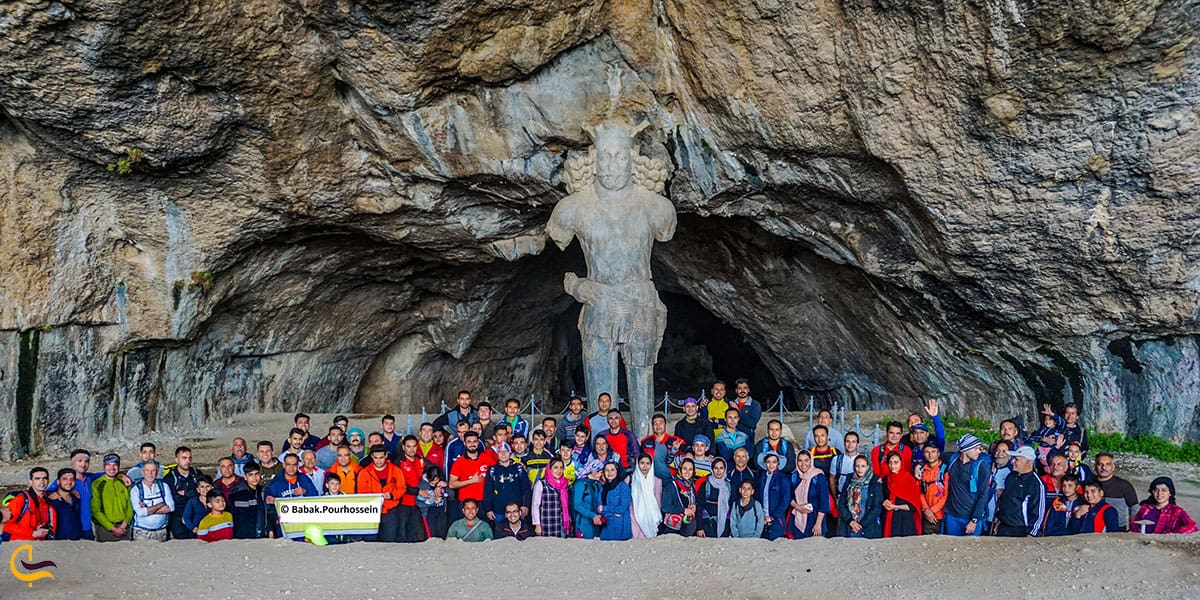
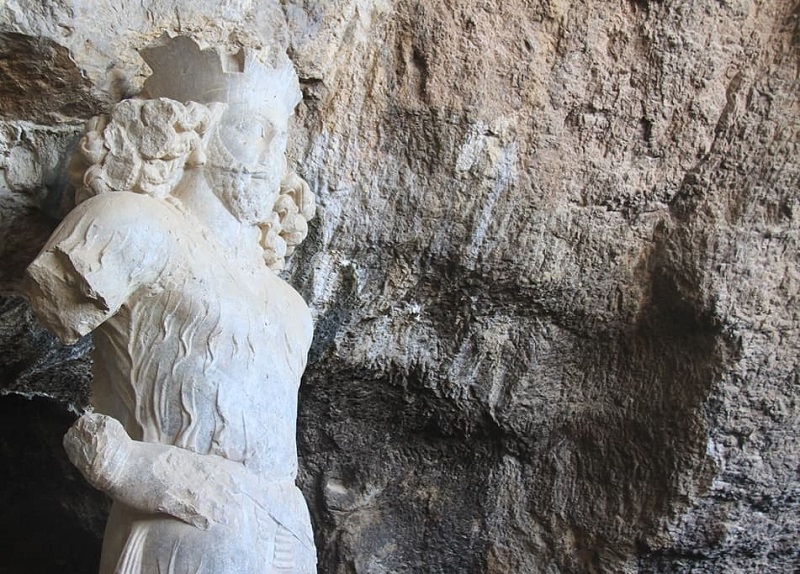
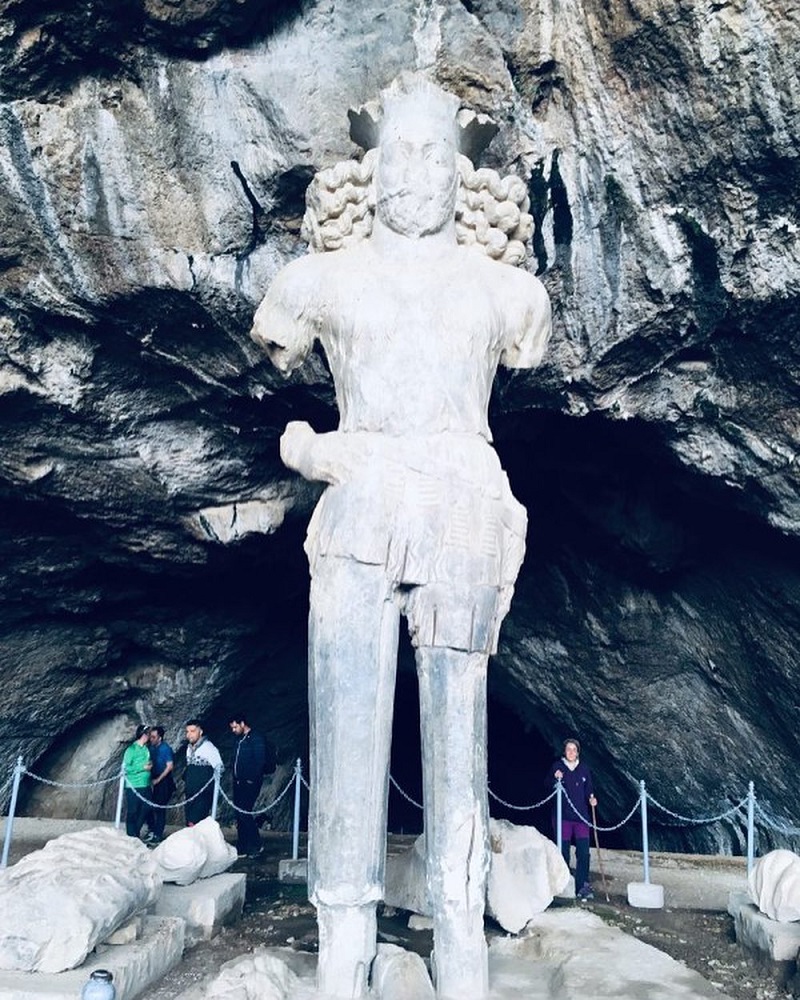




Choose blindless
Red blindless Green blindless Blue blindless Red hard to see Green hard to see Blue hard to see Monochrome Special MonochromeFont size change:
Change word spacing:
Change line height:
Change mouse type:
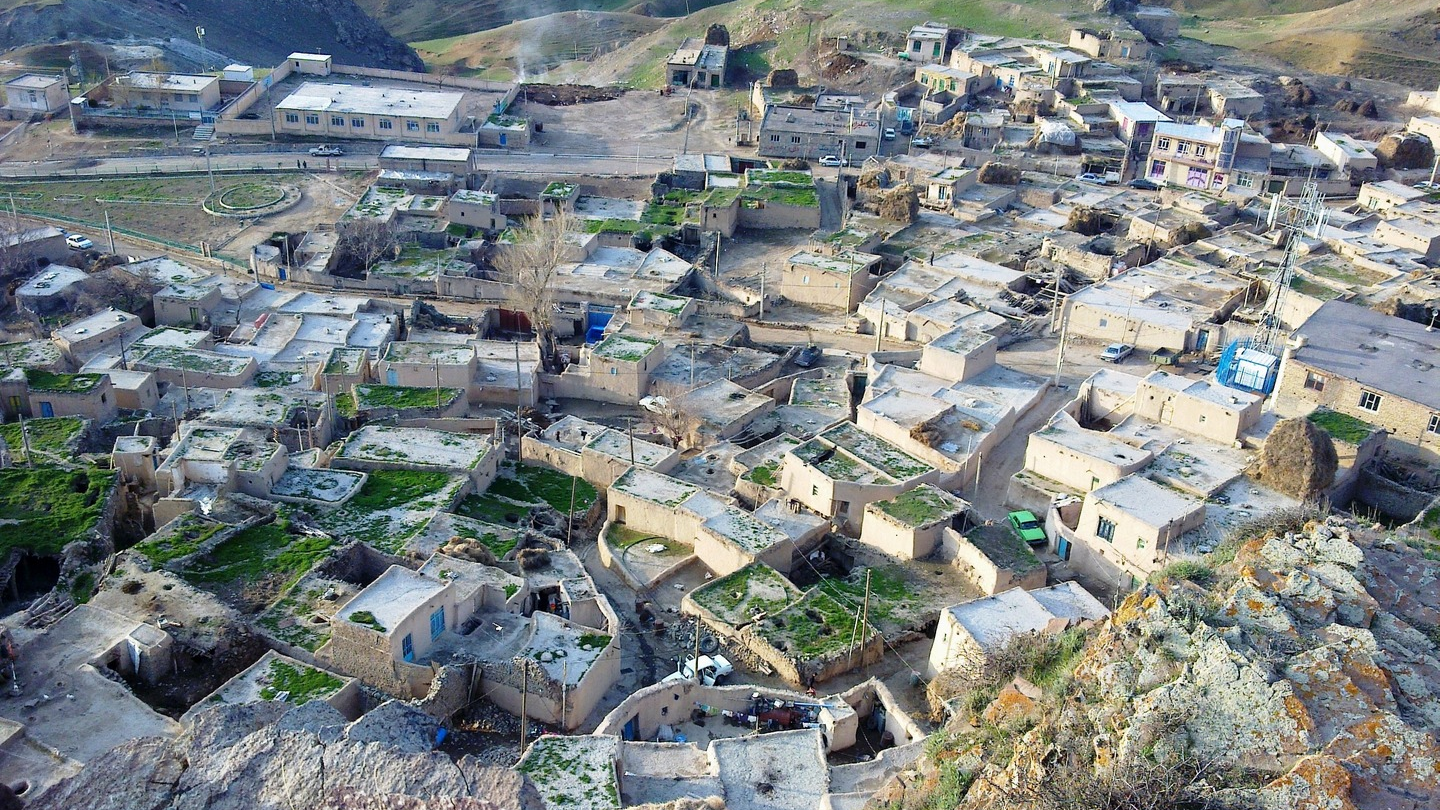
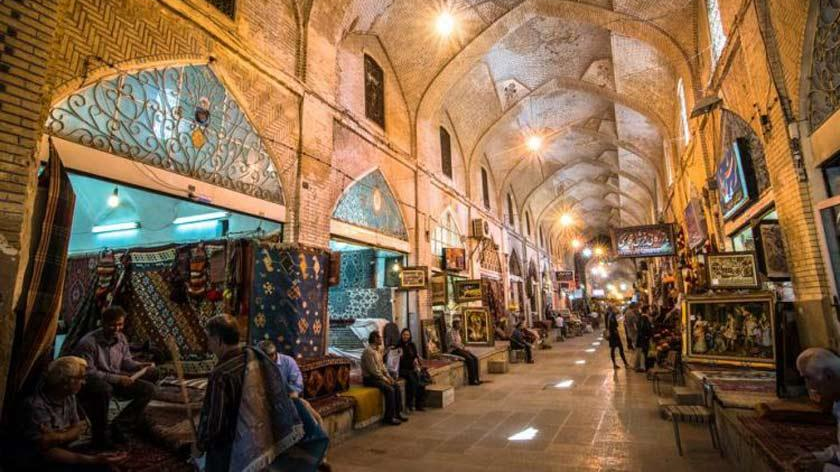
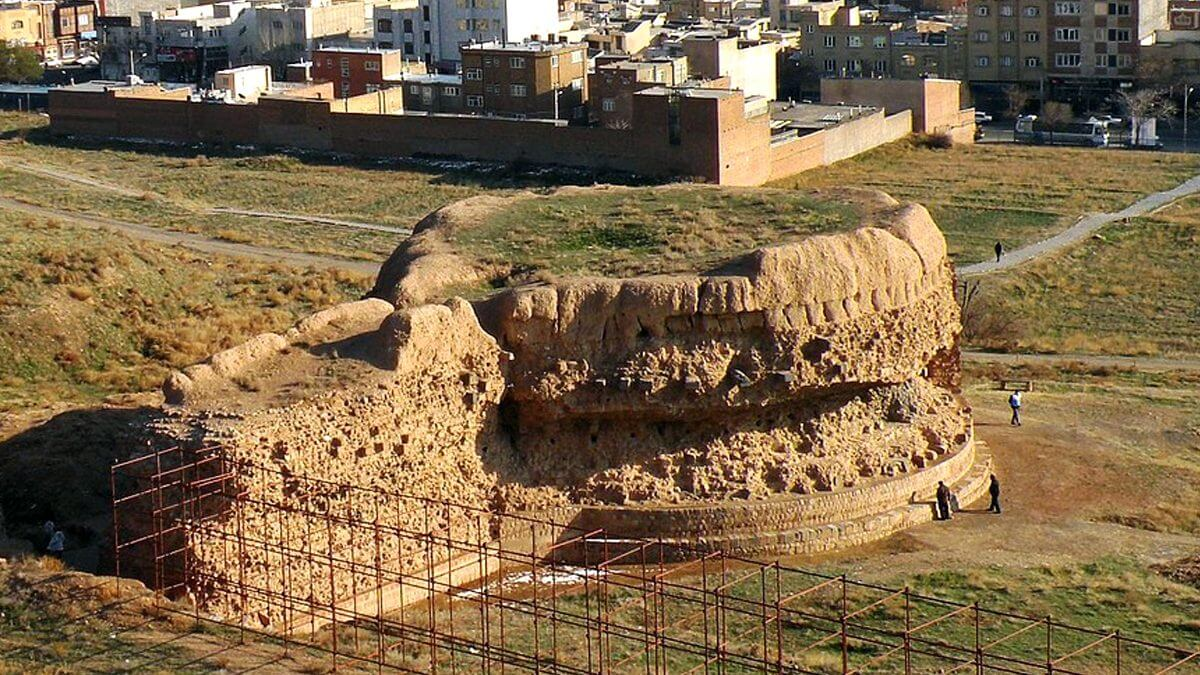
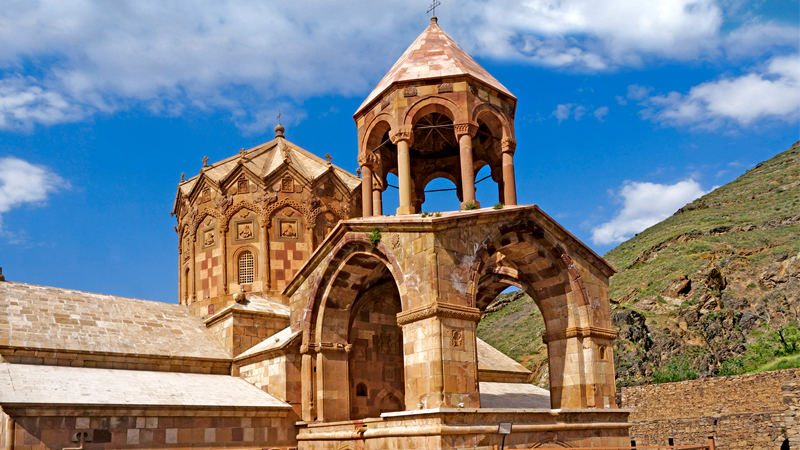
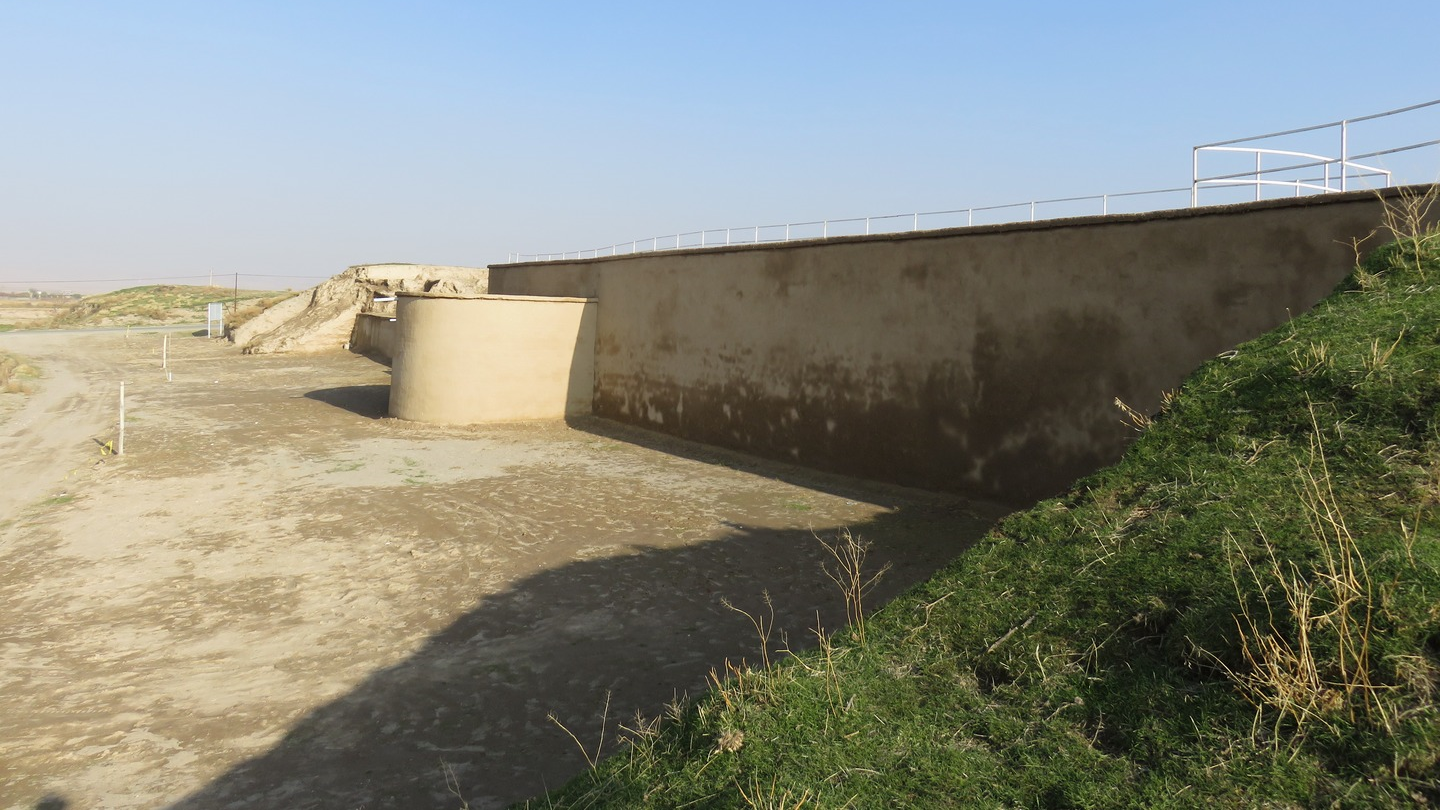
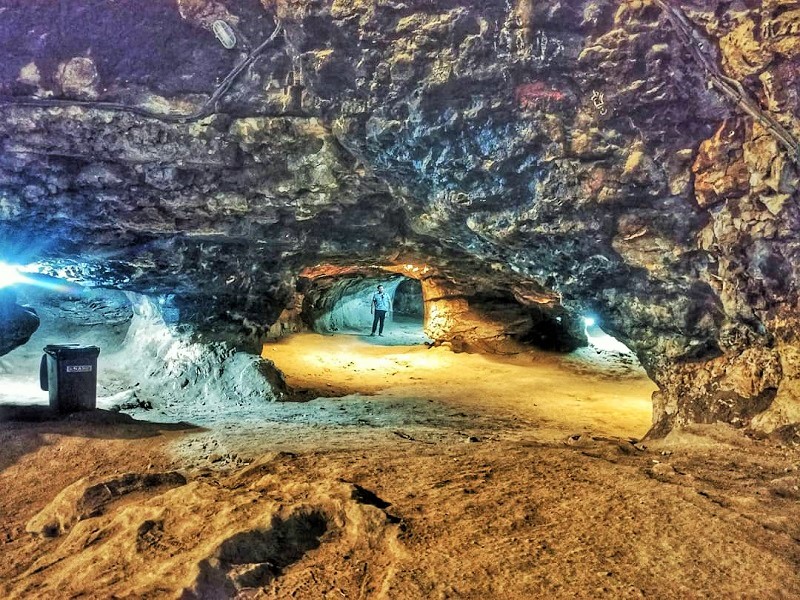
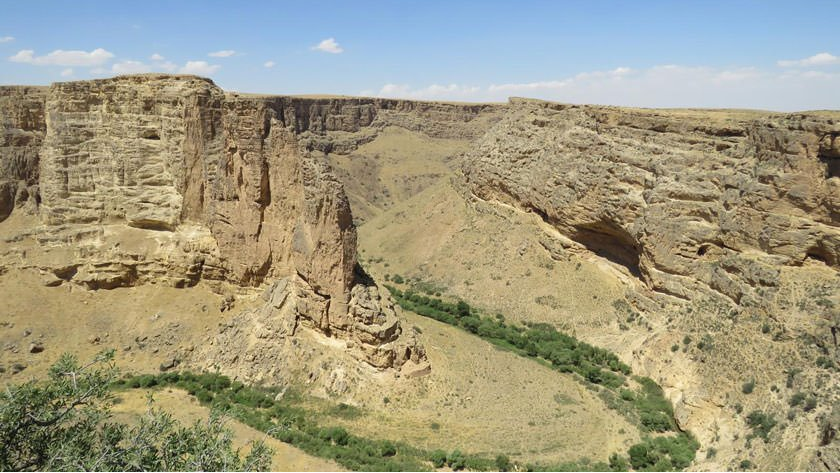
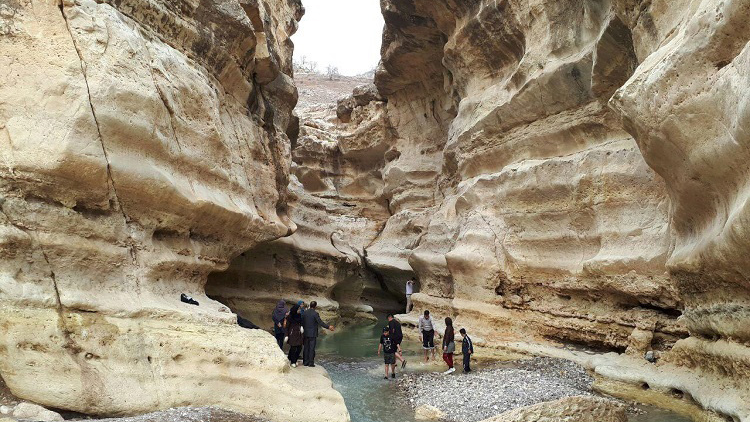
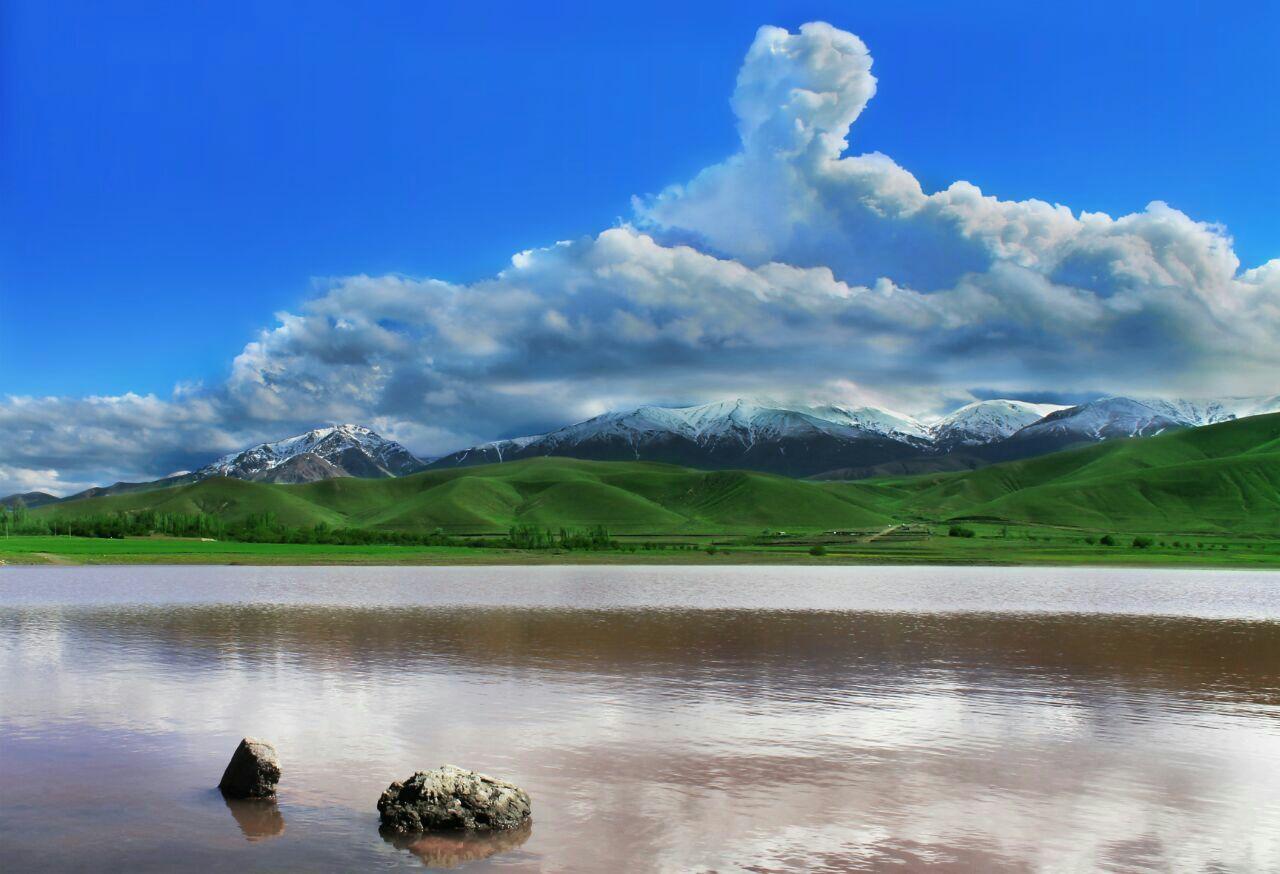
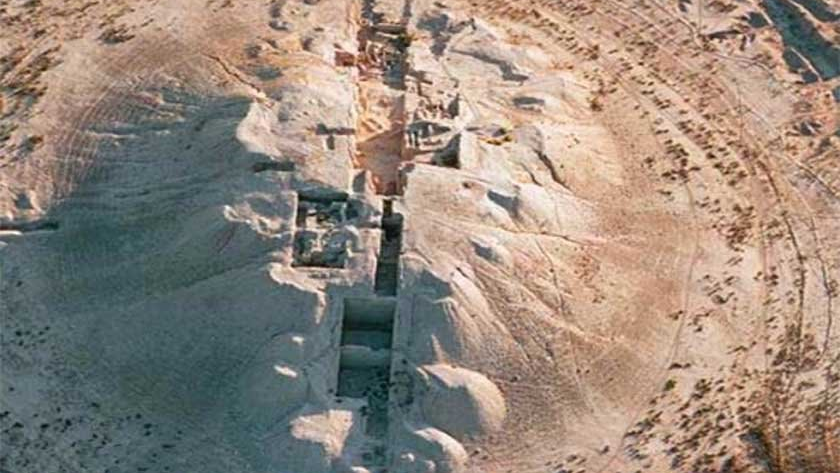
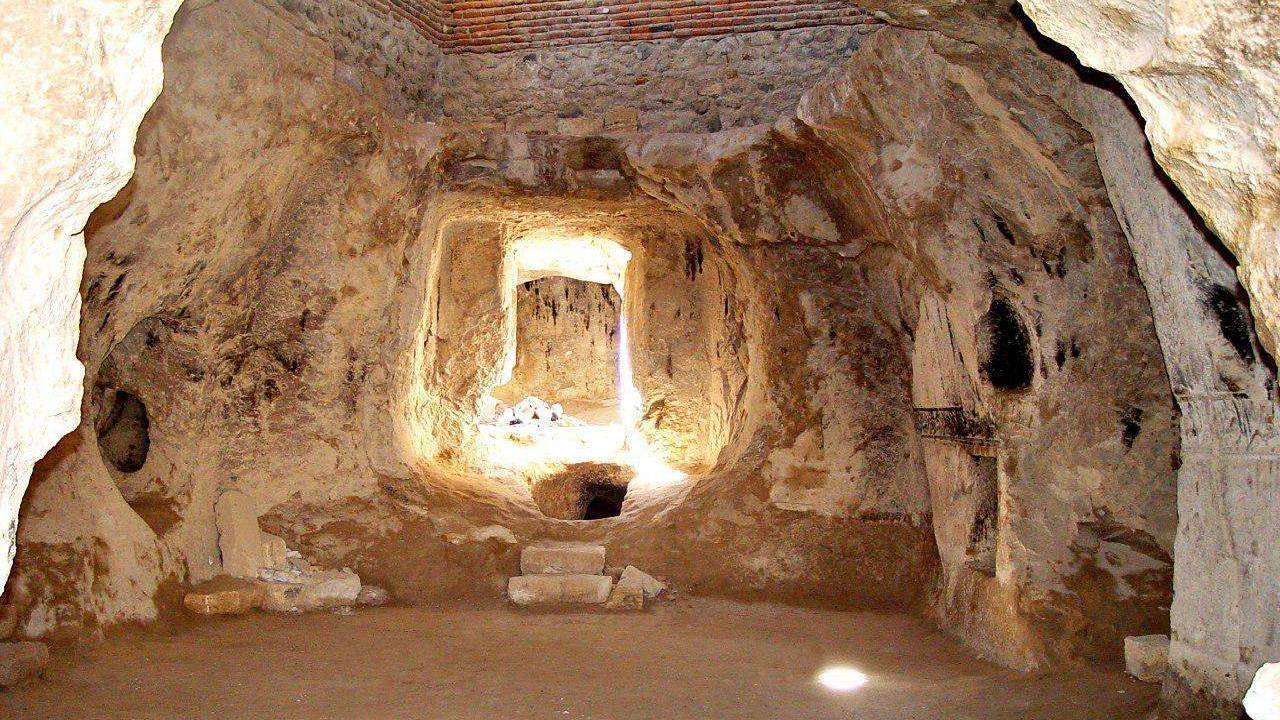
-k- main.jpg)


